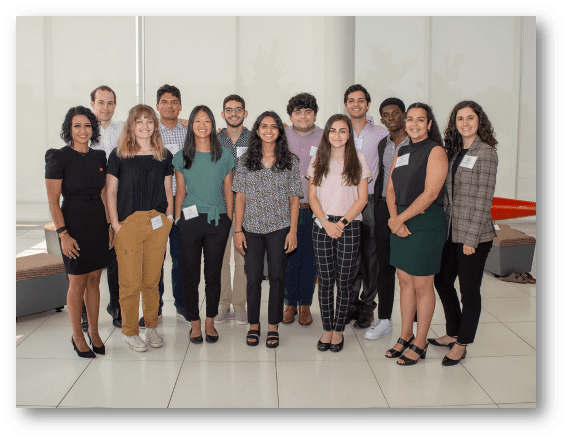
Our summer Undergraduate Research Program provides selected students with unique research training and professional development through an intensive ten-week summer program in the Department of Chemistry. In line with the strategic goals of the university, research opportunities will fall within two broad focus areas: Advanced Materials and Chemical Biology.



